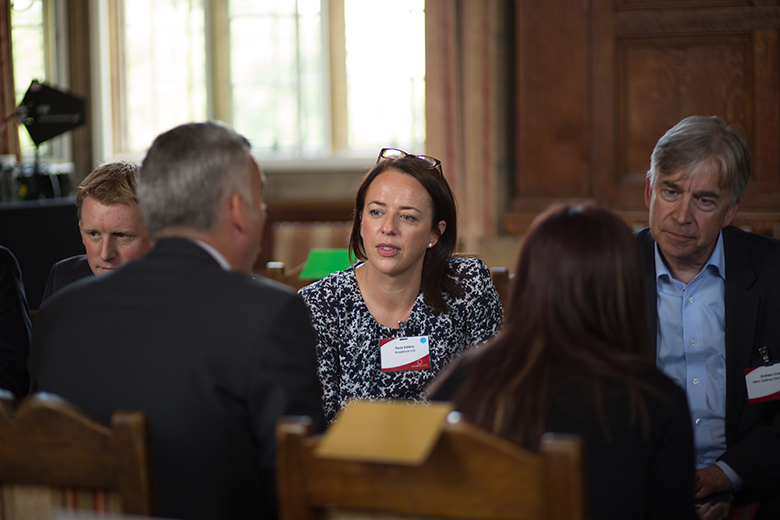
Expert: Gemma Godfrey, Moo’la
Facilitator: Caroline Burkart
Key Message
Increasingly firms are identifying pockets of clients who are commercially unaffordable to serve. So what can you do? While there is no right or wrong answer to this kind of dilemma – there is a strong argument to harness digital in some form or another. Just how the digital channel is leveraged will depend on your organisation’s core values and objectives.
Headlines
- One way to capture these High Earning Not Rich Yet (HENRY) clients is to better leverage digital solutions. For example, by introducing simplified, automated lead generating propositions that allows for additional layering of services as and when
- The other is to think of HENRYs as parts of a much bigger entity or unit e.g. family rather than individual
- The third option is to place this book of clients with a younger advisor and maintain a degree of senior oversight to reduce the cost of service.
Key themes
Many wealth managers and private banks are conducting segmentation exercises to better understand at what point a client becomes too expensive to serve and maintain a relationship with.
“As an industry we suffer from having too many small accounts and don’t know how to deal with them... For example, 20% of my book [legacy back book] is below a size appropriate for a private bank. And we are not planning to go down the digital route as we’re a net seller of assets.”
However, market research suggests that:
- There’s greater demand for, than supply of, advisors
- By 2020, 90% of banking will be conducted online
- 70% of intergenerational transfer assets could leave private banks and asset managers, if there’s no relationship with the family
In looking at clients by wealth levels only, any bank runs the risk of shutting the door on these future wealthy clients or losing them to other firms that are prepared or able to service them. So the challenge becomes how to continue to attract and service the HENRYs who have potential to become much wealthier, versus exiting those clients of a similar value, but with no future potential.
One way to capture these emerging wealthy clients is to better leverage digital solutions. For example, by introducing a lead generator offering such as an ISA or a propositions like UBS’ SmartWealth – a simplified, automated, complimentary product that also presents the opportunity to cross sell additional services when needs develop. In theory, the offering also has the potential to become emotive when clients start looking for greater guidance, validation and a hybrid human connection.
For companies like UBS – who have a parent company as well as global subsidiaries – the option of offloading the less profitable clients onto a digital app/platform such as SmartWealth, and engaging with them digitally until they reach the required point of inflection – is a viable one.
But smaller wealth management offices, there are huge costs and budgetary implications attached to developing such an initiative from scratch.
“When we consider the next generation of investors, we should be connecting with them early, to establish and maintain dialogue for when they come out of debt, and become real prospects… We want to be able to get them back in the fold“.
Another way to capture the emerging wealthy is to think of them as part of a much bigger entity e.g. a family, so taking a generational approach. In theory, many agree that this is a possibility and an interesting idea. But in practice, such clients still require individual services; they have different needs to those of the primary account holder, and typically want the same level of coverage. This option is therefore very dependent on the complexity of the client, and often the mechanics of it are still all too complex and expensive.
The third option is to match the type of client with the experience of the advisor. In other words: “There is potential to place that book of [emerging wealthy] clients with younger, less experienced advisors – while also maintaining a degree of senior oversight to drive the cost of service lower.” This can lead to more cost effective outcomes and facilitate training along the way.
The alternative to engaging them when they are young(er) is to of course begin to engage with them at the more appropriate ‘Midult’ life stage – but the challenge here is ‘how’?
Conclusions
- Developing a digital solution requires investment of time and capital. But it is not only the younger generations who appreciate digital services, flexibility, control and ease of access to their
- All age groups seek a degree of digital service in their life, to reduce friction points and improve engagement. Firms will therefore need to be more nimble and consider offering a range of services to HENRYs and the wealthy via technology to generate revenues.



